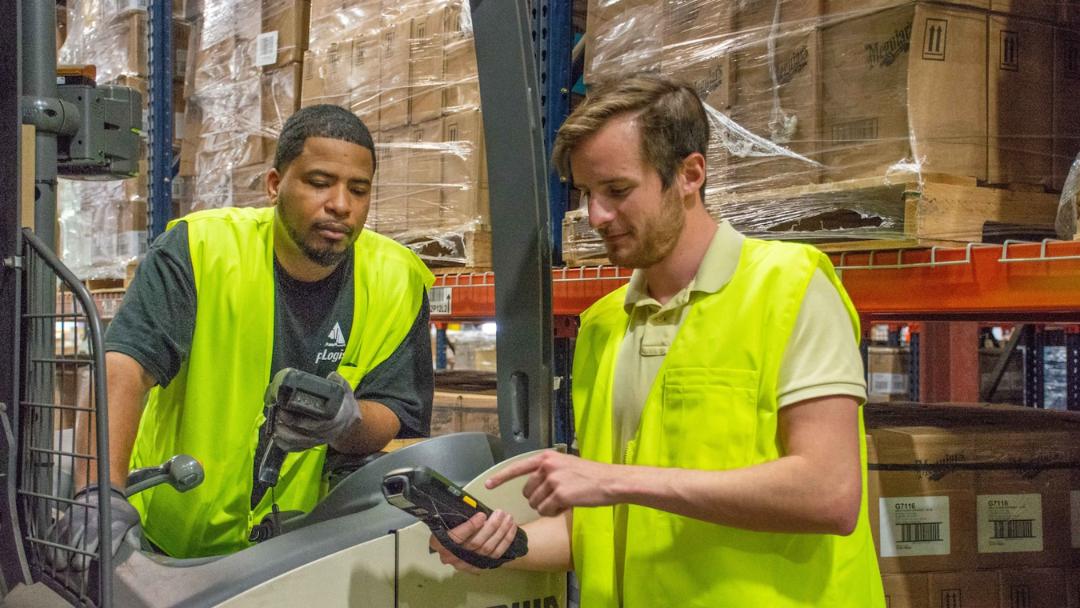Supply chain disruptions, a global pandemic and a growing labor shortage—just three of the biggest obstacles befallen the manufacturing industry of late.
But never fear: Automation is here to save the day. At least, that’s what most companies are saying. Long heralded as the industry’s next chapter, many organizations are turning toward automation to navigate a world of uncertainty. But no technology—no matter how smart—is a foolproof solution.
Here’s a guide to help you maximize the rewards and, more importantly, minimize the risks of your automation investment.
Why use automation?
It’s no secret that the manufacturing industry is facing an uphill battle when it comes to retaining talented employees. With the labor shortage only growing, the future of the manufacturing workforce is in question. Automation, however, can be an effective tool for mitigating the gap in talent.
Think about: Not only can smart technologies perform the duties of multiple employees in a single mechanism, but they can also do so at an accelerated pace. Better yet, this means you can essentially eliminate the risk of human error at any given stage of the production process.
And the best part? Almost any critical function can be automated. As a result, you can increase throughput, avoid costly mistakes and keep up with changes in demand—all while focusing on other important manufacturing tasks.
To help you realize these benefits, here’s a step-by-step overview of how you can introduce automation into your company:
1. Identify your inefficiencies
Remember, at the end of the day automation is all about process optimization. Whether that process is on the production floor, in the scheduling of labor or in the recruitment of new employees, identifying your inefficiencies will give you some direction moving forward. Ask yourself: Which processes are continuously falling behind or performing poorly? Repeated inefficiencies inevitably roll over into larger problems, but are also ripe for automation.
2. Choose a starting point
You’ll likely be tempted to start automating in your areas of greatest weakness first, but that’s a rookie mistake. It’s quite possible that your processes most ready for automation are also the most difficult to implement.
Start small, gain momentum and build up to tougher challenges down the road. Plus, the smaller the change, the less disruptive it’ll be to you and your workforce.
3. Train your employees
Introducing automation into your business necessitates an adequate amount of training for your staff—but that’s ok, that’s what employees are looking for.
It’s true: 77% of workers actually want to learn new skills in 2022, according to PwC data. In fact, 80% are confident that they can adapt to new technologies in the workplace.
What does this mean for your business? Simply put, automation demands to be taught and your workforce is ready to learn.
4. Collect data
If automation thrives on anything, it’s data collection. Plan ahead how you’ll collect data from your implemented automation tools to gauge results and track effectiveness. The information you obtain from your technologies can be used to create actionable insights, identify new areas of inefficiency and make improvements wherever appropriate.


